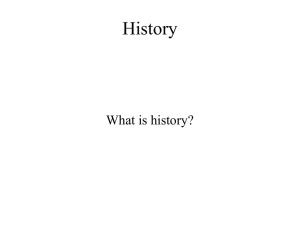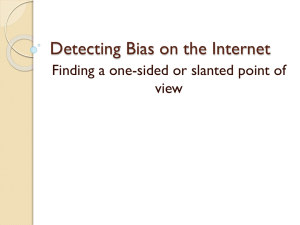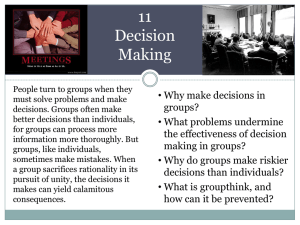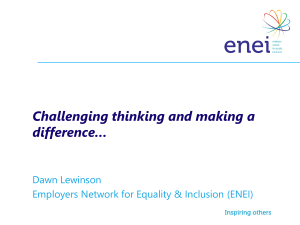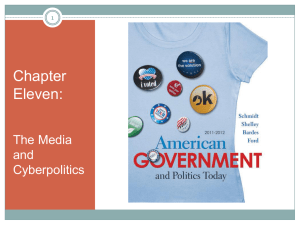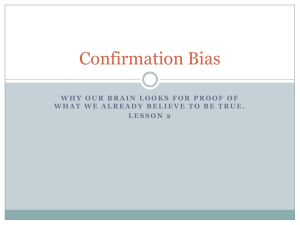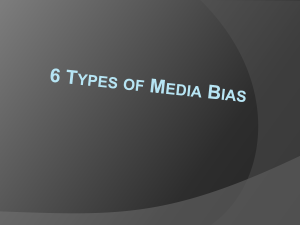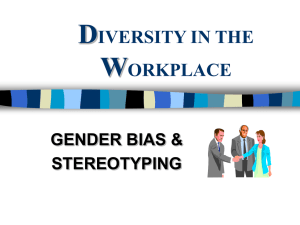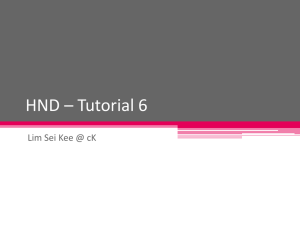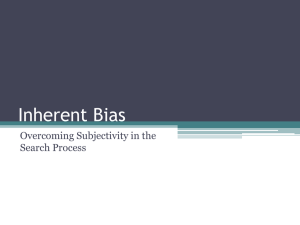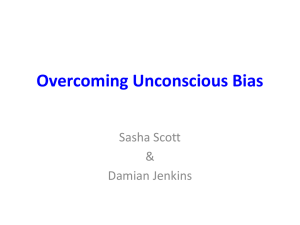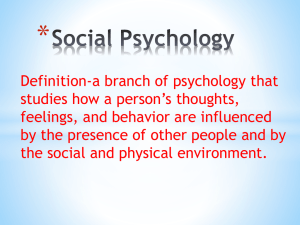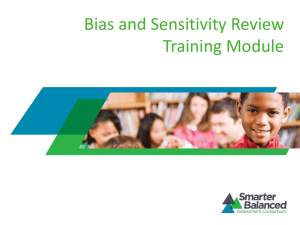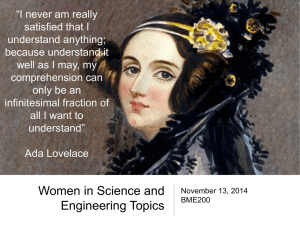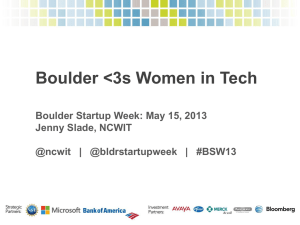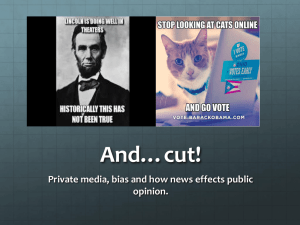Primary and Secondary Sources
advertisement
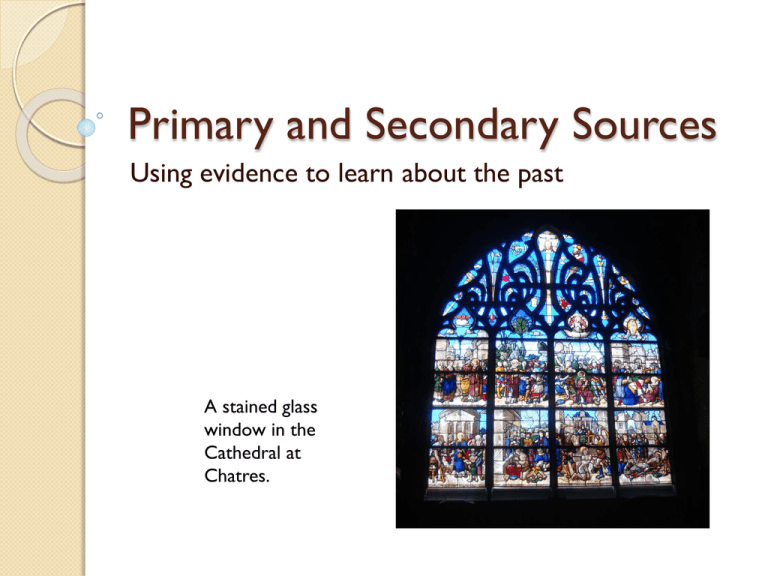
Primary and Secondary Sources Using evidence to learn about the past A stained glass window in the Cathedral at Chatres. What is History? Read pages 4-6 in Humanities Dimensions 1:History Answer questions 1 & 4 Clay tablets showing training activities for Sumerian scribes. Students learnt mathematical tables, wrote essays and Completed accounting exercises. Primary sources A primary source is a piece of evidence that originates from the era being studied. It is not necessarily a piece of writing. Brainstorm examples of items that are reflective of a particular era; Books maps crockery CDs toys photos Clothes phones newspapers Advantages of primary sources The advantages of learning about history from a primary source are: 1. it’s a real item from that time 2. Unbiased 3. Has not been interpreted by others 4. Reflects the sources and thinking of that time Disadvantages of primary sources Despite the fact that primary sources are from the time being studied there are some problems when relying on primary sources: 1. Primary sources can be difficult to find 2. Sources can be fragile or broken 3. Some items may need to be interpreted 4. Interpretations can be biased or illinformed Disadvantages of Primary sources Example In this magazine cover image released by Newsweek, a computergenerated image of Princess Diana is shown with Kate Middleton on the cover of the July 4, 2011 issue of Newsweek magazine. Diana was killed in a car accident in 1997 and would have turned 50 on Friday. In April, Middleton married Prince William, the oldest son of Diana and Prince Charles. Secondary Sources Like a primary source, a secondary source is a piece of information, however it does not originate from the time in question. A secondary source gains its information from historians and primary sources to provide us with accurate historical knowledge. Examples include: Text books encyclopaedias internet magazines movies models documentaries replicas Advantages of secondary sources The advantages of using secondary sources: 1. They give us information that has already been interpreted 2. They give us information about a time or place that we cannot visit. 3. They could allow us to learn about objects by replicating them as we cannot access fragile or unique items Disadvantages of secondary sources Wikipedia is a very popular and easy to access internet site. changed Wikipedia is written collaboratively by largely anonymous Internet volunteers who write without pay. Anyone with Internet access can write and make changes to Wikipedia articles (except in certain cases where editing is restricted to prevent disruption or vandalism). Users can contribute anonymously, under a pseudonym, or with their real identity, if they choose. Source: Wikipedia:about Disadvantages of secondary sources example While there are many advantages to using secondary source we must be aware of the disadvantages as well. 1. It is secondhand information and may not be reliable due to various interpretations 2. There may be a bias: “history is written by the victor” (source:Winston Churchill British Prime Minister) Activity Use the cards to determine if the pictures are primary or secondary sources. Evaluating the sources Evaluating sources— strengths and weaknesses Here are some questions that are useful to ask when evaluating primary and secondary sources: • Who is the author? What is known about him/her? • To what extent is this source a personal account reflecting only the author’s experience? • How much was experienced directly by the author, and how much heard about second- or third-hand? • How much of the source is fact and how much opinion? • Is there any evidence that this source is inaccurate or presents an incomplete account of events? • When was this source produced? Was it days, weeks, months, years, decades or centuries after the event/s it narrates? • Why was this source produced? Source: Humanities Dimensions 1: History pg 17 The Rosetta Stone was originally thought to be pitch black. The British Museum has discovered that the first historians to examine this covered it in ink. Bias When written material reflects an author’s values and attitudes, it is said to be biased. There are many types of bias. Some examples are: • class bias—the point of view reflects an economic position, for example an aristocrat’s view of slaves and slavery • geographical bias—the point of view reflects where the author comes from, for example an ancient Corinthian’s view of the Persian Empire • gender bias—the point of view reflects gender, for example a male writer’s view of women • religious bias—the point of view reflects religion such as a Roman polytheist’s (someone who believes in more than one god) view of Christianity. Source: Humanities Dimensions 1: History pg 19 Bias Bias is when someone has an ______ opinion about something. We can recognise bias by finding __________. Bias is useful to us, as it helps us find out a person’s ______ or _________ . If someone _________ a particular football team, they are likely to ___________ bias when describing a match. Everything their team does would be described as _________, but everything the opposing team does would be described as ________or _________. WORD BANK Unbalanced Opinion Fantastic Opinions Show Terrible Beliefs Unfair Lucky Supports Source: By Mr Field www.SchoolHistory.co.uk Spelling List There are many new words that we have encountered while learning about primary and secondary sources. As a class create a list of spelling words of terms that relate to primary and secondary sources. Sources bias advantage Secondary opinion disadvantage Primary history Gender magazines


